
Reading is a town and borough in Berkshire, England. Most of its built-up area lies within the Borough of Reading, although some outer suburbs are parts of neighbouring local authority areas. Located in the Thames Valley at the confluence of the rivers Thames and Kennet, Reading is 40 miles (64 km) east of Swindon, 25 miles (40 km) south of Oxford, 40 miles (64 km) west of London and 16 miles (26 km) north of Basingstoke.

Reading Abbey is a large, ruined abbey in the centre of the town of Reading, in the English county of Berkshire. It was founded by Henry I in 1121 "for the salvation of my soul, and the souls of King William, my father, and of King William, my brother, and Queen Maud, my wife, and all my ancestors and successors." In its heyday the abbey was one of Europe's largest royal monasteries. The traditions of the Abbey are continued today by the neighbouring St James's Church, which is partly built using stones of the Abbey ruins.

Lancelot Brown, more commonly known as Capability Brown, was an English gardener and landscape architect, who remains the most famous figure in the history of the English landscape garden style. He is remembered as "the last of the great English 18th-century artists to be accorded his due" and "England's greatest gardener".

Inigo Jones was the first significant architect in England in the early modern period, and the first to employ Vitruvian rules of proportion and symmetry in his buildings. As the most notable architect in England, Jones was the first person to introduce the classical architecture of Rome and the Italian Renaissance to Britain. He left his mark on London by his design of single buildings, such as the Queen's House which is the first building in England designed in a pure classical style, and the Banqueting House, Whitehall, as well as the layout for Covent Garden square which became a model for future developments in the West End. He made major contributions to stage design by his work as a theatrical designer for several dozen masques, most by royal command and many in collaboration with Ben Jonson.
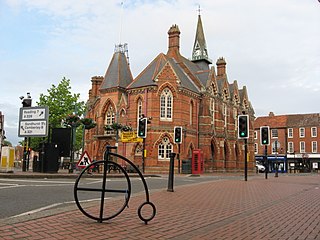
Wokingham is a market town and civil parish in Berkshire, England, 37 miles (60 km) west of London, 7 miles (11 km) southeast of Reading, 8 miles (13 km) north of Camberley and 4 miles (6 km) west of Bracknell. It is the main administrative centre of the wider Borough of Wokingham. In 2011 it had a population of 50,320.

Wantage is a historic market town and civil parish in Oxfordshire, England. Although within the boundaries of the historic county of Berkshire, it has been administered as part of the Vale of White Horse district of Oxfordshire since 1974. The town is on Letcombe Brook, 8 miles (13 km) south-west of Abingdon, 24 miles (39 km) north-west of Reading, 15 miles (24 km) south-west of Oxford and 14 miles (23 km) north-west of Newbury.
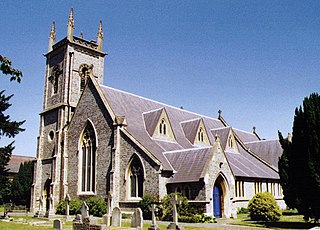
Earley is a town and civil parish in the Borough of Wokingham, Berkshire, England. Along with the neighbouring town of Woodley, the Office for National Statistics places Earley within the Reading/Wokingham Urban Area; for the purposes of local government it falls within the Borough of Wokingham, outside the area of Reading Borough Council. Its name is sometimes spelt Erleigh or Erlegh and consists of a number of smaller areas, including Maiden Erlegh and Lower Earley, and lies some 3 miles (5 km) south and east of the centre of Reading, and some 4 miles (6 km) northwest of Wokingham. It had a population of 32,036 at the 2011 Census.

James Wyatt was an English architect, a rival of Robert Adam in the neoclassical and neo-Gothic styles. He was elected to the Royal Academy of Arts in 1785 and was its president from 1805 to 1806.
The year 1905 in architecture involved some significant architectural events and new buildings.
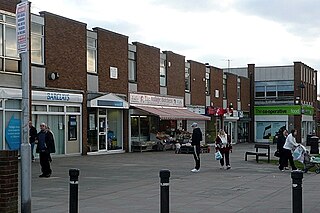
Tilehurst is a suburb of the town of Reading in the county of Berkshire, England. It lies to the west of the centre of Reading; it extends from the River Thames in the north to the A4 road in the south.

Calcot, or Calcot Row, is a village in West Berkshire, England. Calcot is within the built-up area of Reading, located about 3 miles (4.8 km) out of the town centre, and straddles the historic A4 Bath Road. It sits between the hamlet of Horncastle and Junction 12 of the M4 motorway.
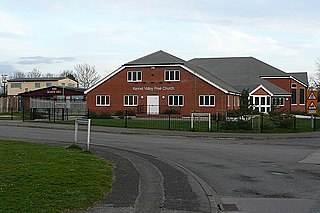
Fords Farm in West Berkshire is a suburb of Reading in the English county of Berkshire.

Edward Blore was a 19th-century English landscape and architectural artist, architect and antiquary.
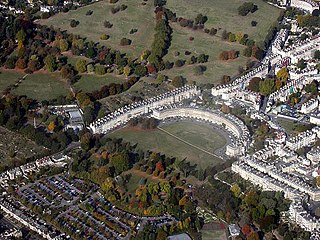
John Wood, the Younger was an English architect, working principally in the city of Bath, Somerset. He was the son of the architect John Wood, the Elder. His designs were highly influential during the 18th century and the Royal Crescent is considered to be one of the best examples of Georgian Neo-Classical architecture in Britain.
The year 1827 in architecture involved some significant architectural events and new buildings.

Calcot Park is a country house, estate, and golf club in the English county of Berkshire. It is situated between Calcot and Tilehurst, suburbs of the town of Reading, and within the civil parish of Tilehurst. It is north of the Bath Road.
John Wallen (1785–1865) was a 19th-century British architect and surveyor. He was the principal quantity surveyor in the City of London during the 1830s. Many of his former students, such as Edward I'Anson went on to have notable careers.
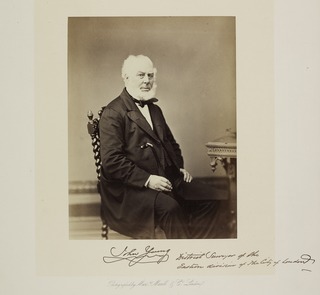
John Young was an English architect and surveyor whose career spanned the grace of the Regency period and the pragmatism of the Industrial Revolution. While based primarily in the City of London, his practice, John Young & Son, Architects, was both eclectic and wide-ranging in South East England. He is particularly noted for his creative use of polychromatic brickwork whether in industrial, civic or residential contexts.

Coleshill House was a country house in England, near the village of Coleshill, in the Vale of White Horse. Historically, the house was in Berkshire but since boundary changes in 1974 its site is in Oxfordshire.














